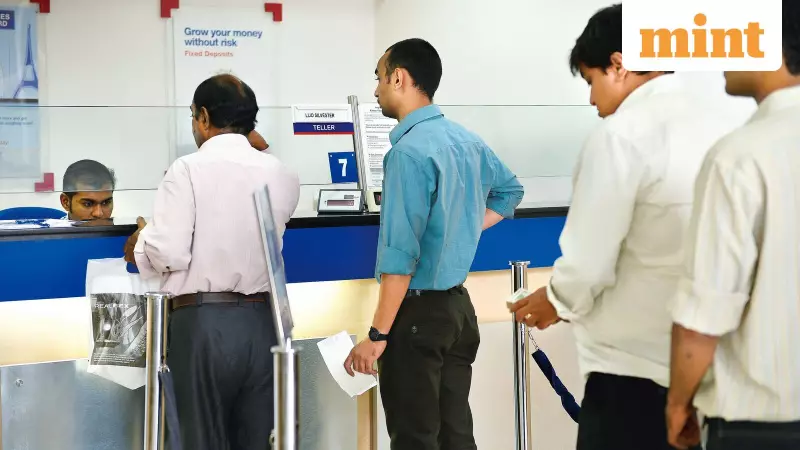
India's Banking Ambition: Global Scale vs Practical Reality
India's determined push to establish larger banking institutions reflects the nation's broader ambition to climb global economic rankings. However, financial experts caution that creating massive banks doesn't automatically translate to better banking outcomes or improved financial services.
Recent comments from prominent government figures, including Home Minister Amit Shah and Finance Minister Nirmala Sitharaman, have highlighted the government's interest in expanding public sector banks, potentially through consolidation. This vision of creating banking giants that can compete on the world stage undoubtedly carries national prestige, similar to India's aspirations in global economic rankings.
The Size Paradox in Banking
Currently, only two Indian banks—State Bank of India and HDFC Bank—appear among the top 100 global banks by total assets. This stands in stark contrast to Chinese and American banks that dominate the top positions globally. According to S&P Global's Annual list of World's Largest Banks released in April, SBI ranks at number 43 with assets totaling $846 billion.
For SBI to break into the elite top 10 global banks, it would need to triple its current size. The current tenth position is held by Japan's Mitsubishi UFJ Financial with an impressive loan book of $2.6 trillion. Achieving this scale presents significant challenges given the comparative sizes of the Indian and Japanese economies.
Learning from Past Consolidation Efforts
India has already experienced two major waves of banking consolidation. The first occurred in 2017 when Bharatiya Mahila Bank and State Bank of India's associate banks merged with the parent organization. The second wave happened in 2020, when a series of mergers reduced the number of public sector banks from 27 to 12.
These consolidation efforts demonstrated that mergers alone cannot solve fundamental banking challenges. The experience revealed that consolidation functions more as a strategic tool than a magical solution for banking sector issues.
Rethinking Banking Priorities
Proponents of larger banks argue that bigger institutions can better fund infrastructure projects and meet corporate credit requirements. However, this perspective overlooks critical banking fundamentals. Banks face inherent asset-liability mismatches when financing long-term infrastructure projects, since bank deposits remain payable on demand.
The Indian corporate sector's reduced reliance on traditional banking channels further complicates this picture. Corporate bonds, equity markets through initial public offerings, company fixed deposits, and external commercial borrowings now provide viable alternatives to bank loans.
Moreover, the concept of too big to fail presents significant systemic risks. While smaller banks can be allowed to fail without catastrophic consequences, the collapse of a massive banking institution could trigger domino effects throughout the entire financial system and broader economy.
The Path Forward for Indian Banking
The fundamental question remains: Should creating globally competitive banking giants be the primary objective for India's financial sector? Most experts agree that banking mergers should be guided by sound commercial logic rather than policy directives.
What truly matters for Indian banking isn't merely global ranking positions but how effectively banks serve public needs and ensure financial inclusion. The German-born British economist E.F. Schumacher's philosophy that small is beautiful might find unexpected relevance in contemporary banking discussions.
As India continues its economic ascent, the focus should remain on creating efficient, responsive banking institutions that serve both national development goals and individual financial needs, regardless of their size in global rankings.





